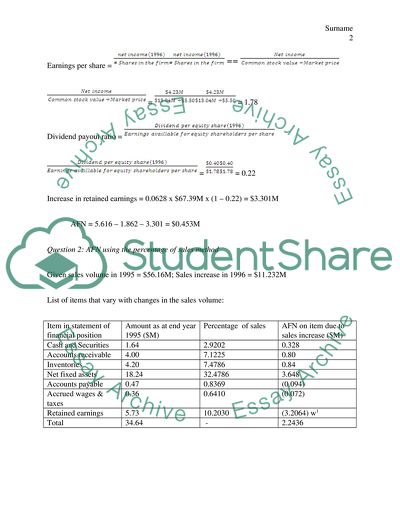Cite this document
(“Finance study case Example | Topics and Well Written Essays - 1750 words”, n.d.)
Retrieved from https://studentshare.org/miscellaneous/1590313-finance-study-case
Retrieved from https://studentshare.org/miscellaneous/1590313-finance-study-case
(Finance Study Case Example | Topics and Well Written Essays - 1750 Words)
https://studentshare.org/miscellaneous/1590313-finance-study-case.
https://studentshare.org/miscellaneous/1590313-finance-study-case.
“Finance Study Case Example | Topics and Well Written Essays - 1750 Words”, n.d. https://studentshare.org/miscellaneous/1590313-finance-study-case.


